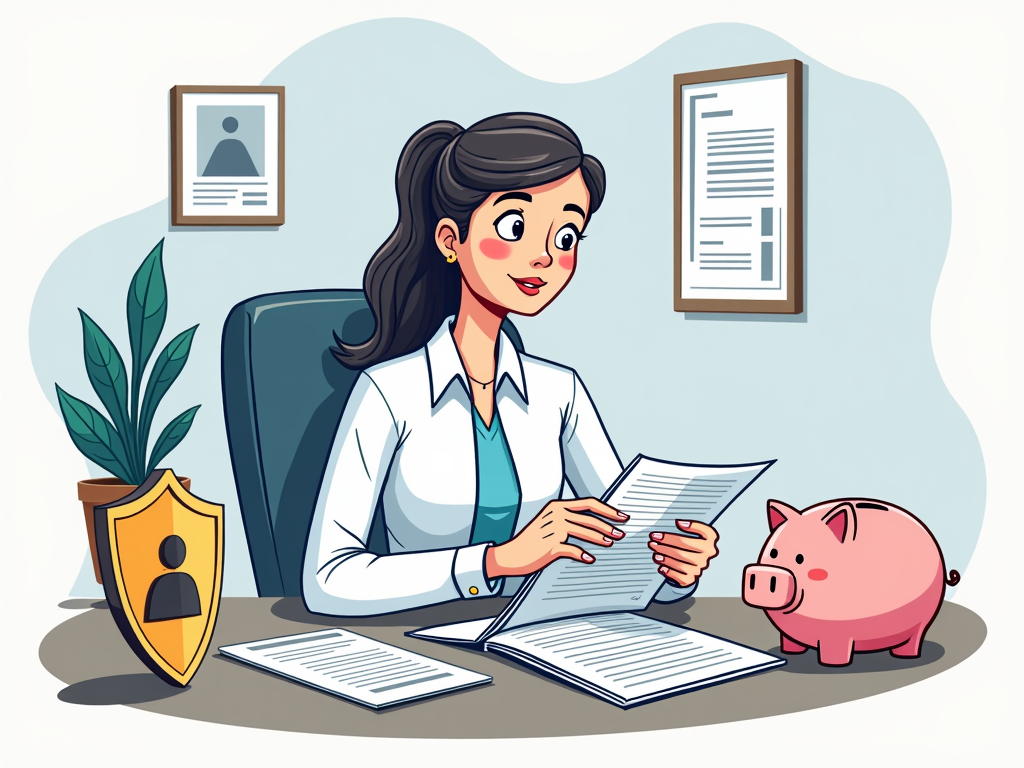An emergency fund is not just a financial cushion, but also a lifeline in turbulent times. For investors and private savers, it is crucial to wisely tend to this safety net. The importance and amount of the emergency fund, as well as suitable investment options, are key factors to ensure financial security. This article illustrates how to effectively create and invest your emergency fund to face unexpected expenses without fear.
Emergency Fund: An Indispensable Safety Net in Uncertain Times

An emergency fund is more than just a reserve of money; it is a shield that offers financial security in unexpected situations. Unforeseen expenses such as an urgent car repair or unexpected medical costs can place considerable financial strain, especially if there is no adequate cushion. A well-planned emergency fund can prevent falling into the temptation of resorting to expensive and impulsive measures such as high-interest loans or credit card purchases, which can be burdensome in the long run.
The importance of an emergency fund lies not only in the ability to avoid debt but also in the peace of mind it brings. The financial flexibility offered by a solid emergency account significantly reduces stress and allows you to sleep peacefully, knowing you won’t be caught off guard by financial difficulties even in turbulent times. This security is particularly essential for freelancers or those with irregular earnings, as they are more frequently exposed to financial fluctuations.
The amount of the emergency fund is a critical factor that heavily depends on individual living situations. The general rule that an emergency fund should cover three to six monthly salaries is often appropriate but not always sufficient. For individuals in unstable employment relationships or with high financial obligations, it may be advisable to have an emergency fund equal to six to twelve months’ salaries. This reserve not only offers protection but also the ability to face unemployment or unexpected income losses without severely compromising the quality of life.
When building an emergency fund, it is important to prioritize reliable and readily accessible forms of investment. High-interest savings accounts are ideal for their flexibility and deposit guarantees, even if they do not offer the highest interest rates. For more experienced investors, money market funds can also be considered, although they may be less immediately accessible, potentially offering marginal returns. The long view must always be kept in mind: maintaining an emergency fund systematically and, above all, keeping it untouched requires discipline, but this habit rewards with lasting security and resilience that it provides to the individual.
Strategies for Optimal Investment and Management of Your Emergency Fund

An emergency fund, the proverbial lifeline in turbulent times, requires well-thought-out investment strategies to effectively serve its purpose as financial protection. Flexibility, security, and optimal interest rates play a key role. One of the most common options for holding the emergency fund is a high-interest savings account. This investment allows for access to the money at any time, which is crucial in emergency situations. Thanks to the deposit guarantee of up to 100,000 euros, your money is also protected from greater risks. However, in times of low interest rates, modest returns are often to be accepted. Here, a comparison of interest rates is useful to find the best offer, ideally with an interest rate of at least two percent.
Alternatively, a fixed-term deposit account offers the possibility of benefiting from higher interest rates. However, the deposit remains tied for the entire duration, which means less flexibility. This option is suitable when you are confident that you will not need the money in the short term. Fixed-term deposits can maximize savings without making the entire emergency fund inaccessible.
Another alternative is a money market ETF. These investment funds are characterized by investments in bonds or money market securities, offering some flexibility since you do not have to switch between different banks to obtain good interest rates. However, keep in mind that there may be order fees and interest returns do not always equal those of high-interest savings accounts. This option is particularly suitable for experienced investors in the stock market.
In addition to choosing the right place to invest your emergency fund, you should consider additional financial strategies. Building a solid emergency fund, ideally equal to three to six monthly salaries, is a good start. Do you already have debts? Then these, especially those with high interest rates, should be repaid as a priority, as they often offer a significantly higher return than conservative investment strategies.
Once the emergency fund is secured, consider long-term asset diversification through ETF savings plans to ensure future financial security. In this context, regular review and adjustment of the emergency fund are necessary to ensure it meets current standards and life necessities. Through a balanced mix of low-risk and high-yield investments, your financial shield will remain stable and functional even in the long term.